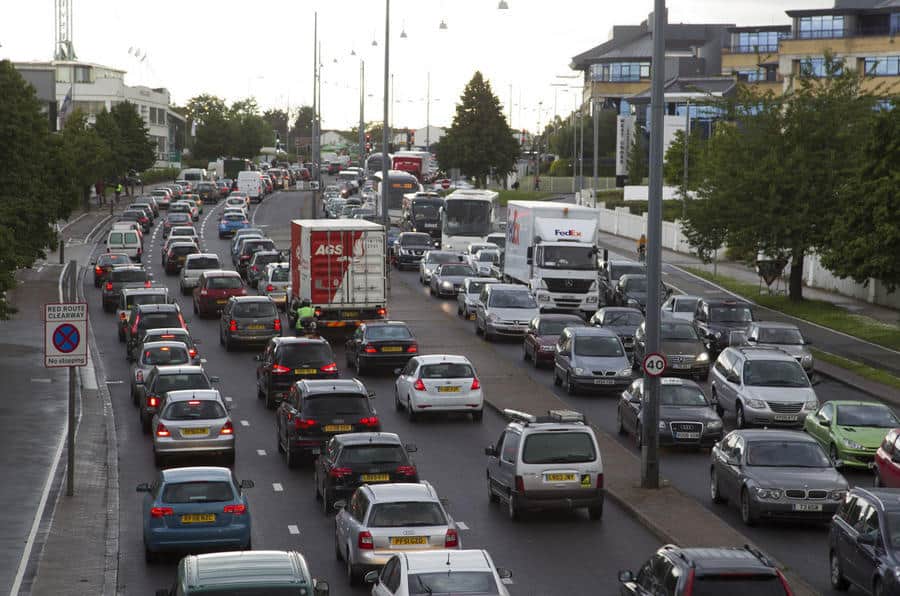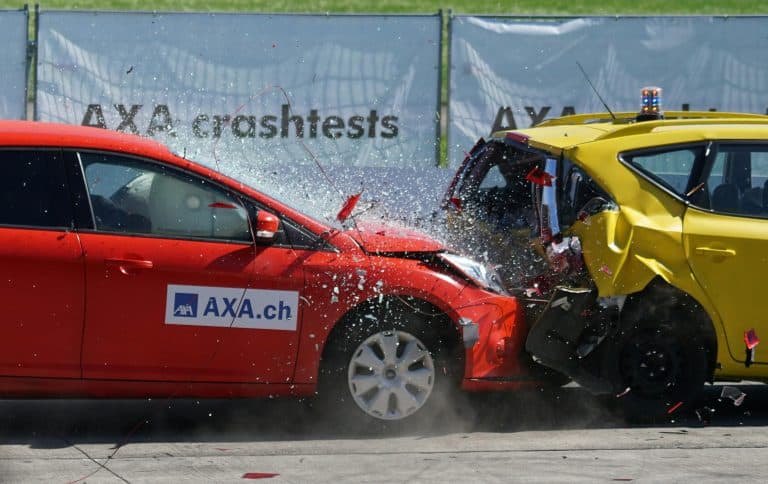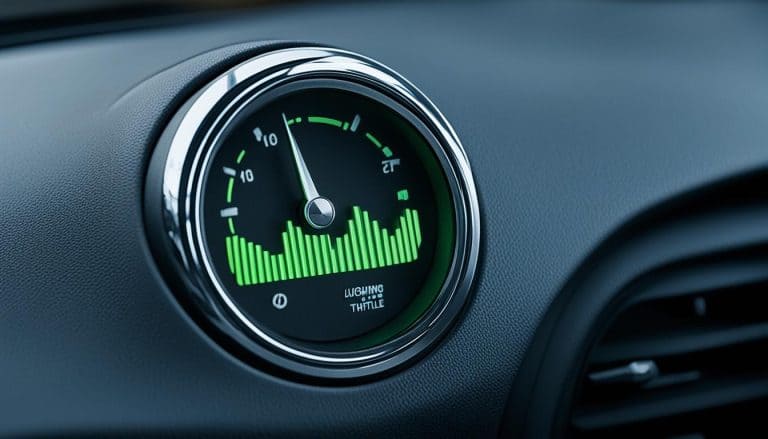Picture this: You’re in the left lane of a four-lane superhighway, and see a sign that up ahead the lane ends or is temporarily closed. Traffic in the right lane has slowed because vehicles in the left lane have merged. Now your lane is clear for the next eighth of a mile. Do you:
A. Carefully merge right as soon as possible;
B. Execute a “late merge” by staying in the left lane, passing all the cars in the right lane, and merging at the last possible moment; or
C. Merge right soon, but if right-lane traffic is too slow, drive on the shoulder.
If you’ve been driving long enough, undoubtedly you’ve seen people choosing each alternative. But only one is the polite and, more to the point, safe choice: “A”. As one driver website puts it:
Polite drivers will [move] into the next lane as soon as they can. Jerks will stay in the closing lane all the way to the end, and then force their way in. (truthaboutcars.com)
Forced lane merges on superhighways can occur for several reasons: construction work, automobile accidents, clean-up crews, or simply the fact that the highway sheds a few lanes. Traffic engineers are well aware of the downside: traffic jams, travel time delays, greater fuel consumption and more aggressive driving behavior that results in more auto accidents.
Statistics are hard to come by, but one study found that 47 percent of the nearly 7,000 collisions in highway work zones in Michigan one year occurred where lanes were closed and traffic was forced to merge. The most common were rear-end and side-swipe collisions, resulting from aggressive jockeying for position. The study went on to say:
The “late lane merge phenomenon”… is an extremely dangerous …maneuver for the driver, other motorists, and…workers in the construction zone. This type of late lane merge may cause hostility and “road rage” among the other patiently waiting drivers. It also increases the delay to motorists by creating a sudden interruption of traffic flow, and increases…safety hazards to those drivers… who are following traffic regulations.
So when you see the next advisory to “Merge Ahead,” be kind to your fellow motorists and safety smart at the same time. Your haste could wind up costing you more time, headaches and expense at the auto body shop.




